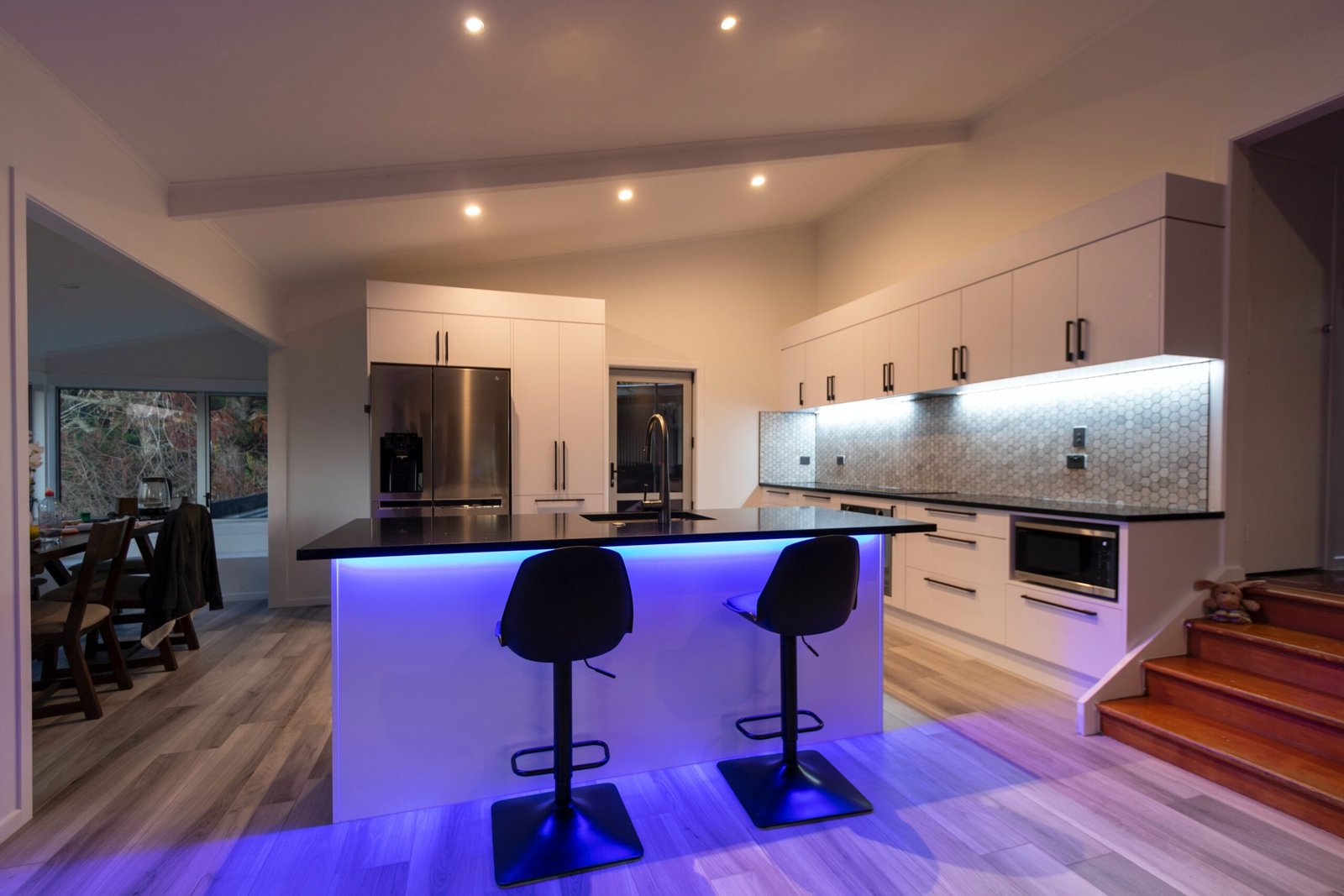Introduction
LEDs, or light-emitting diodes, have revolutionized the lighting industry and are poised to become the lighting source of the future. These energy-efficient, long-lasting, and versatile light sources offer numerous advantages over traditional lighting technologies, making them an ideal choice for both residential and commercial applications.
Energy Efficiency
LEDs are highly energy-efficient, converting nearly all the electricity they consume into light. In comparison, traditional incandescent bulbs waste a significant amount of energy as heat. By switching to LEDs, consumers can reduce their energy consumption and lower their electricity bills.
Longevity
LEDs have an incredibly long lifespan, lasting up to 25 times longer than traditional incandescent bulbs. This means fewer replacements, less waste, and lower maintenance costs. LED bulbs can last for up to 25,000 hours, saving consumers time, money, and hassle.
Versatility
LEDs come in a wide range of shapes, sizes, and colors, making them suitable for various applications. From residential lighting to commercial lighting, outdoor lighting to decorative lighting, LEDs can be used in almost any setting. Additionally, LEDs can be dimmed, allowing users to adjust the brightness and create the desired ambiance.
Environmental Benefits
LEDs are an environmentally friendly lighting option. They do not contain hazardous materials like mercury, which is found in traditional fluorescent bulbs. Moreover, LEDs are recyclable, further reducing their environmental impact. By choosing LEDs, individuals can contribute to a greener future.
Conclusion
LEDs are undoubtedly the lighting source of the future. With their energy efficiency, longevity, versatility, and environmental benefits, LEDs offer a superior lighting solution. Whether for residential or commercial use, LEDs provide a cost-effective and sustainable lighting option that will continue to shape the future of the lighting industry.

